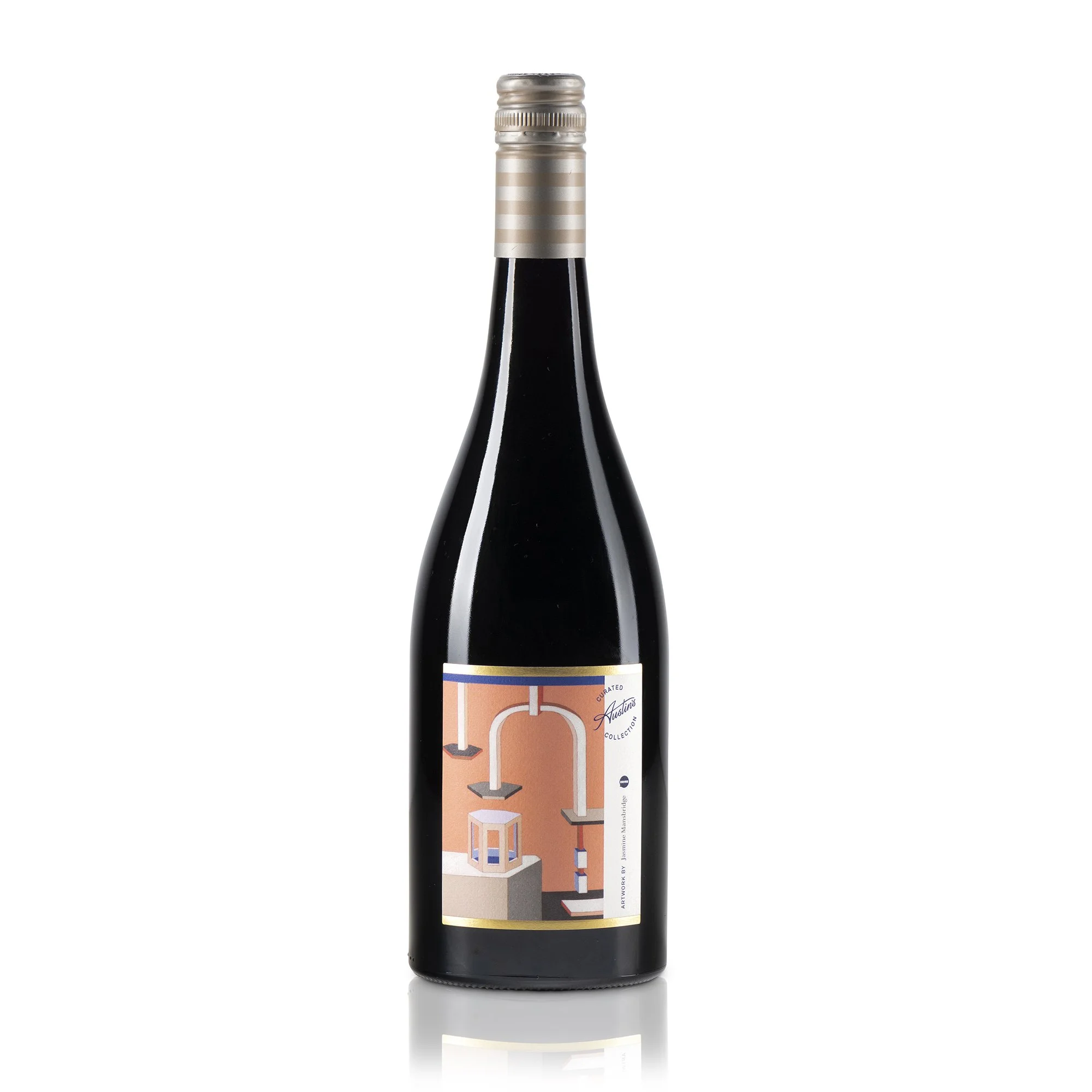Photographing your products on a white background.
Capturing product images on a white background has gained momentum through websites such as Amazon and other large retailers that make it mandatory for you to list your products with them. Many retailers will specifically request a front, back and side image of your product on a neutral white background at a particular size.
Showcasing your product on white is great for ecommerce store listings as the product is viewed with no distractions (such as props the buyer doesn’t connect with) or colour casts. A listing may include multiple views on a matching white surface that appears professional, clean and high quality.
Another reason product photographs on white are popular is that when the entire store listing is viewed, all image backgrounds are identical creating unity, consistency and a seamless viewing experience.
When an object is photographed on a surface, there are many factors that can slightly alter the white background. These factors include -
Colour casts. The product may be very colourful and when light reflects off the products surface, it can change the tone of the white which surrounds it.
White Balance. This can be controlled by professionals in a studio setting, however if you are capturing your products yourself using light that you cannot control (natural light or mixed lighting) balancing the white tones to be the same white can be very difficult.
For example, if you are launching a range that has the one product in a variety of colours, the background white is likely to be different for each of these images as the colour of the product will create a different colour cast (reflection). Personally, when I see an online store’s ecommerce listings with a multitude of different white backgrounds and exposures, it doesn’t create a good ‘visual’ customer experience. The minute a listing appears cohesive, it suggests a higher quality product.
How are cohesive ecommerce product listings achieved?
The key to achieving this goal is to photograph your products in the same light, in the same position, every time.
The second part of the process is to ‘deep etch’ the files after they have been edited. This is a service we offer our clients to achieve a consistent background. Deep etching is the process of removing the original background and replacing it with the same white in every, single, image. Apps have been developed for this purpose for those taking the DIY route and there are many companies for professionals to outsource too as the process can take up valuable time with detailed products.
Deep etching can also look very fake if it isn’t done well. Cheap apps will use Artificial Intelligence to select your product, remove the background and replace it with white. The problem with some of these is that they remove the shadow as well. This creates a ‘cut out’ sticker look and the product appears to be floating in thin air. A more professional approach will render gentle, matching shadows on the new white background so that the images appear more realistic.
Do I have to deep etch my product images onto white?
No, creating consistency can be achieved with any tone. You can choose a more natural, neutral tone to deep etch your files onto. This may be more suitable to use with your brand colours and target audience. However, be careful with your choice and choose a tone that is neutral and doesn’t dominate or change the perception of the products true colours.
Once you have awareness about the option of deep etching files for your ecommerce store, you will begin to notice it on other brand websites. Research is always a great way to decide if you like this particular aesthetic and to help you decide if it aligns with your brand.
Carli x

